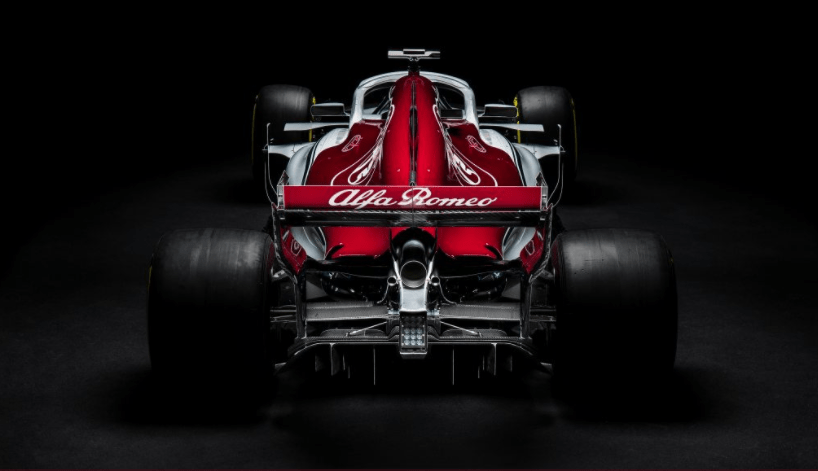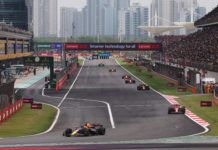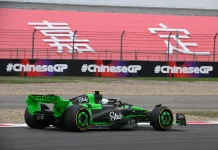Alfa Romeo-Sauber does not innovate excessively and maintains the same decoration as the one presented on the day of confirmation of the agreement between the two brands. Of course, the design has some changes to highlight.
The first ones go through the nose. One of the most important parts of modern F1, the aerodynamic load generated in the front is the key to make the rest of the car work correctly. In this case, the Sauber presents similar form as the Force India of 2017, with two holes in which the air is channeled in the direction of the wings and the sidepods.
The bargeboards help keep the air flow clean when you reach the side air intake, now with more wings. In that aspect, Sauber follows a similar line from Williams: approaching the design idea created by Ferrari in 2017.
However, the air intakes for cooling the engine are very different than usual. With a shape of a half orange, Alfa Romeo-Sauber bets for a reduction of the horizontal size, and then be able to canalize more air around the car and take it to the flat bottom and to the diffuser.
It is also impresive the double entry of superior air, very similar to Mercedes in 2010 or Force India in 2011. This type of air entrance causes that the flux is not so altered in its journey to the rear wing.
Now that shark fins have been banned, the famous ‘chimney’ of the cars generates turbulence to the rear wings. Sauber’s solution is an attempt to clean it of impurities and make it work in line with the rest of the car.
Taling about the Halo, little can be mentioned. Aesthetically contrary to many design lines, in Sauber they have decided to paint it directly in white.

There are only 6 days left to see the cars on the track, and little by little the presentations are completed. Renault’s ar has been launched recently. Meredes and Ferrari are the next ones. F1 is already here.
PHOTO | Alfa Romeo Sauber F1 Team



















